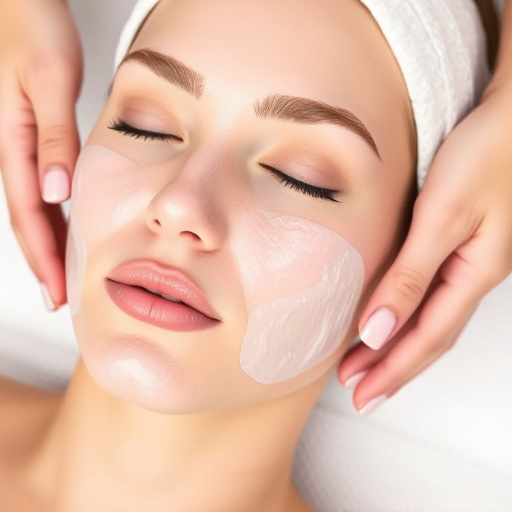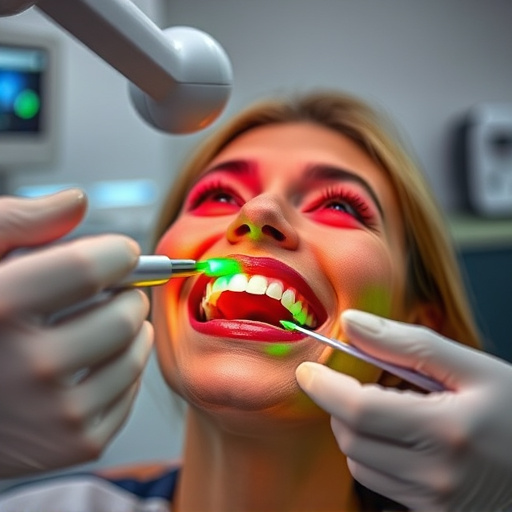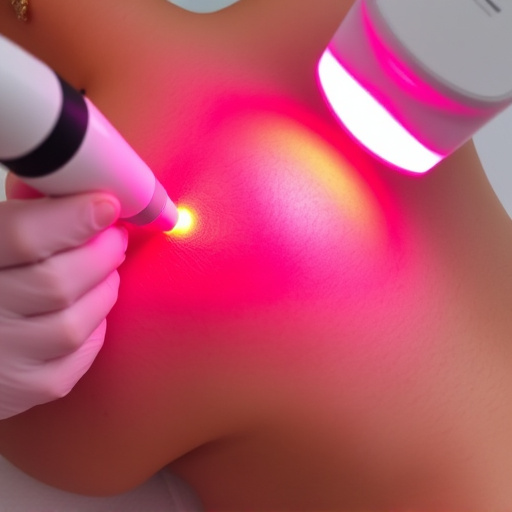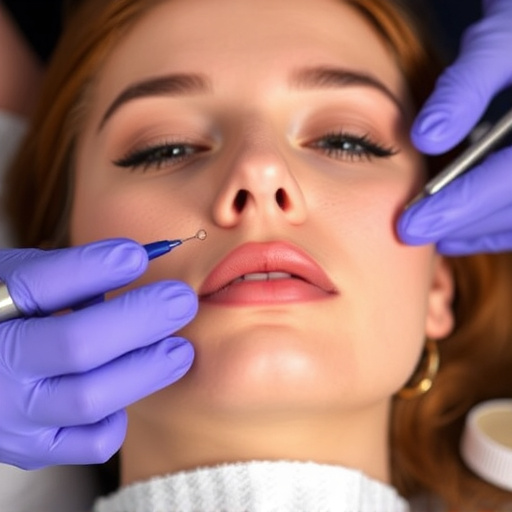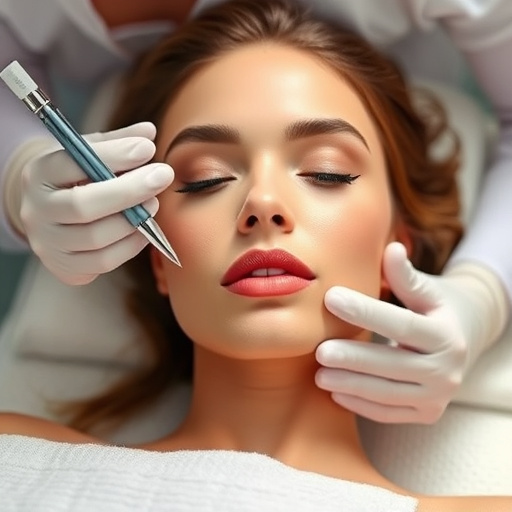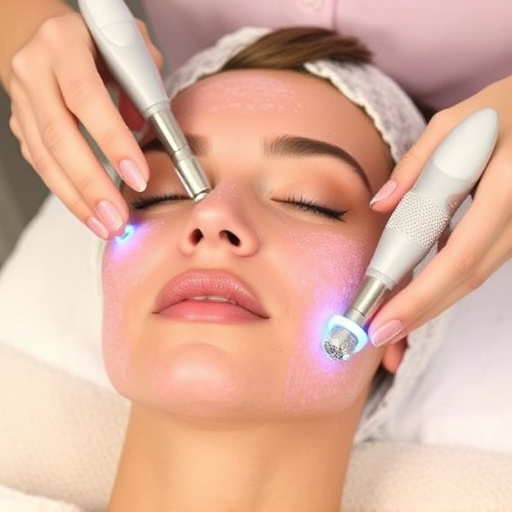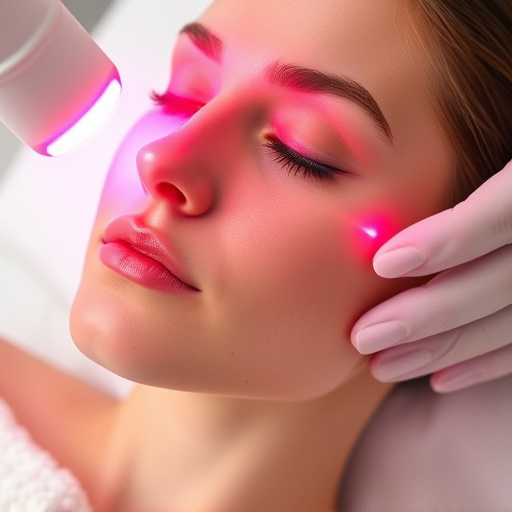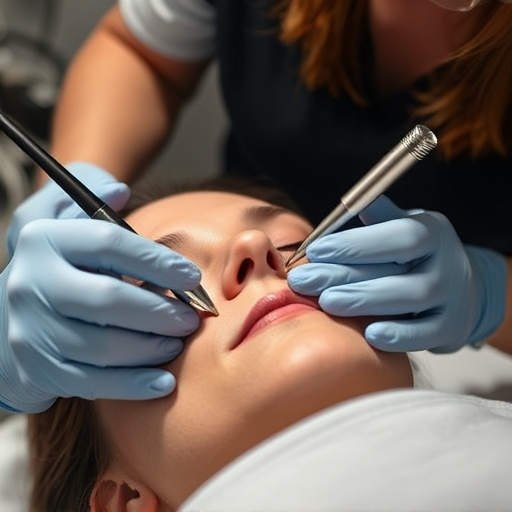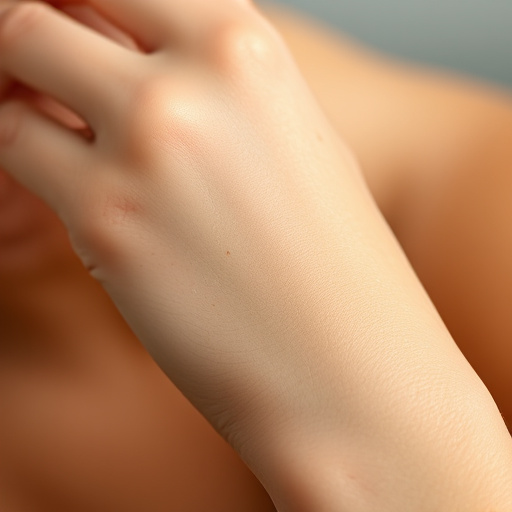Hyperpigmentation, caused by sun exposure, hormonal disorders, or inflammation, can be managed through a combination of at-home and professional treatments. Over-the-counter products like hydroquinone, azelaic acid, and vitamin C are popular for their effectiveness. Professional treatments such as chemical peels and microdermabrasion offer more intense results. Consistency in skincare routines, including daily cleansing, toning with gentle products, moisturizing, and SPF protection, is key to treating hyperpigmentation gradually over time.
Hyperpigmentation, characterized by discolored patches of skin, is a common concern. This article guides you through effective at-home alternatives for treating hyperpigmentation safely and naturally. We’ll explore the root causes behind this condition, dissecting its various types and triggers. Then, we’ll delve into tailored skincare routines designed for consistent results, empowering you to achieve a more even complexion from the comfort of your home.
- Understanding Hyperpigmentation and Its Causes
- Exploring Safe At-Home Alternatives for Treatment
- Creating a Skincare Routine for Consistent Results
Understanding Hyperpigmentation and Its Causes

Hyperpigmentation is a common skin concern characterized by darker patches or spots on the skin’s surface. These areas of increased pigmentation can be caused by various factors, making it essential to understand the root causes for effective hyperpigmentation treatment. One primary trigger is sun exposure, where excessive ultraviolet (UV) radiation damages the skin and stimulates melanin production, leading to sunspots or age spots. This process is often accelerated by frequent tanning or spending prolonged time outdoors without protection.
Additionally, certain skin conditions like melasma or post-inflammatory hyperpigmentation can cause discolored patches. Melasma, for instance, is a hormonal disorder that affects many women during pregnancy or due to hormonal birth control. Skin injuries or inflammations, such as acne scars, can also trigger hyperpigmentation as the skin’s natural healing process involves melanin production, sometimes resulting in darker marks. Exploring these causes is crucial when considering at-home alternatives for hyperpigmentation treatment, alongside professional skincare advice, including chemical peels and hydrating facials, which can effectively address these skin concerns.
Exploring Safe At-Home Alternatives for Treatment
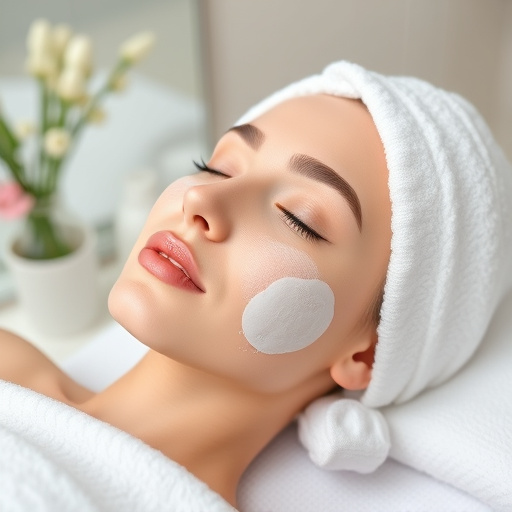
In today’s digital era, many individuals are seeking effective yet safe hyperpigmentation treatment options from the comfort of their homes. Exploring at-home alternatives for hyperpigmentation offers a promising approach to achieving clearer, more even skin tones. These methods provide accessibility and convenience, allowing you to maintain your skincare routine without extensive clinic visits. Many turn to over-the-counter products enriched with active ingredients like hydroquinone, azelaic acid, or vitamin C, which have proven effective in lightening hyperpigmented areas.
Additionally, aesthetic treatments like chemical peels and microdermabrasion can be safely replicated at home with professional-grade kits. Laser hair removal devices also gain popularity for their ability to target melanin, reducing the appearance of age spots and sun damage. These at-home solutions cater to diverse skin types and concerns, fostering a more inclusive hyperpigmentation treatment market.
Creating a Skincare Routine for Consistent Results
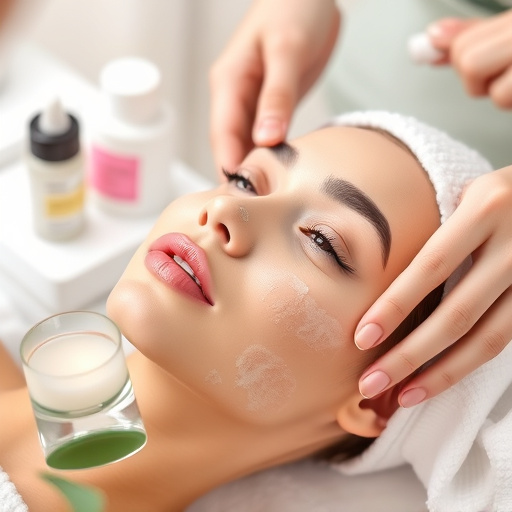
Creating a consistent skincare routine is key when addressing hyperpigmentation at home. Start by cleansing your skin twice daily to remove impurities and excess oil. Follow with a gentle toner to balance skin pH, and apply a serum containing ingredients like vitamin C or niacinamide, which help inhibit melanin production and fade dark spots over time. Moisturize to hydrate the skin without adding extra oil, and consider incorporating an SPF into your morning routine for added protection against further hyperpigmentation caused by sun exposure.
For more intense cases, incorporate professional-level treatments like chemical peels or laser hair removal under the guidance of a dermatologist. These procedures can accelerate results, but they should complement rather than replace your daily at-home care regimen. Remember, consistency is key; stick to your routine and be patient as hyperpigmentation gradually fades, revealing brighter, more even skin.
Hyperpigmentation treatment is achievable with safe, at-home alternatives. By understanding the causes of hyperpigmentation and creating a consistent skincare routine, you can effectively manage and reduce its appearance. Incorporating these natural remedies into your daily regimen offers a gentle yet powerful way to achieve clear, even skin. Remember, patience and consistency are key when pursuing any hyperpigmentation treatment.



